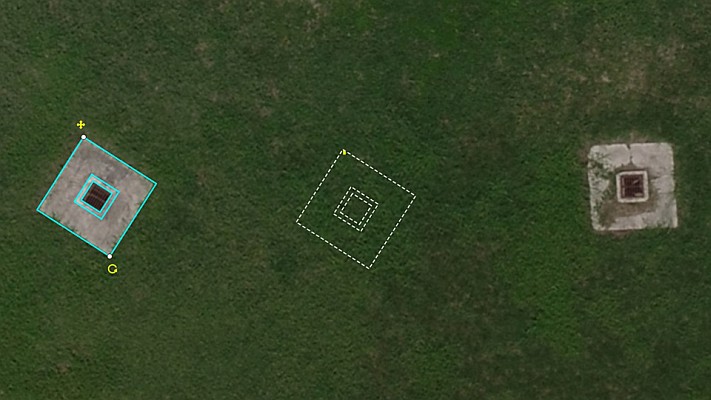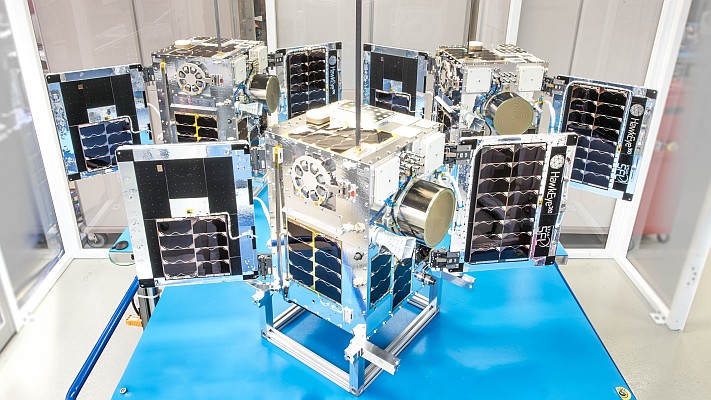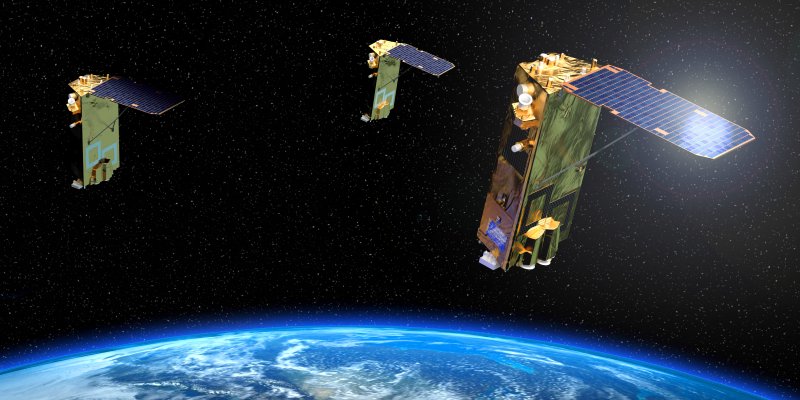As atmospheric carbon dioxide concentrations have climbed in recent decades, carbon storage on land has increased, too. Where is it all going?
NOAA-funded research indicates that semi-arid ecosystems are setting the trend in carbon storage, but their ability to keep taking up carbon is tied to climate, in particular El Niño and La Niña.
In many parts of the subtropics—where semi-arid ecosystems are located—El Niño tends to bring warmth and dryness, which decrease plant productivity and carbon uptake.
If global warming makes El Niños more frequent or intense, as some models project, semi-arid ecosystems may lose their ability to keep up with rising carbon dioxide concentrations.
This research was funded in part by the Modelling, Analysis, Predictions, and Projectionsprogram, part of NOAA’s Climate Program Office in the Office of Oceanic and Atmospheric Research.
Source: NOAA







